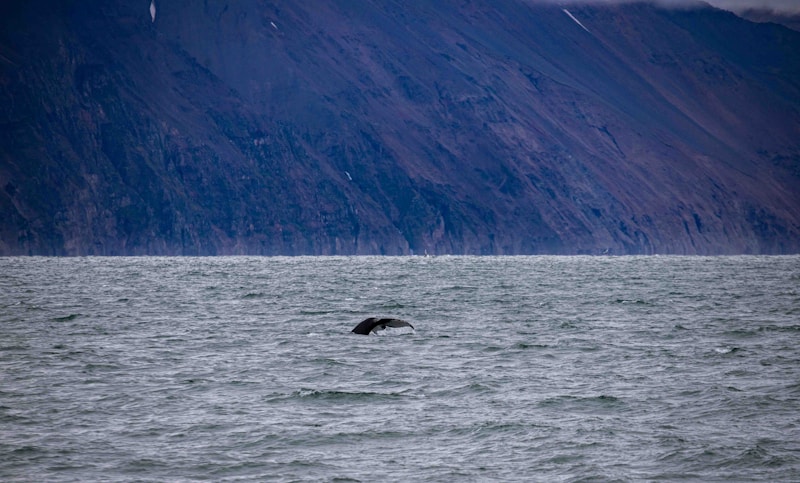10 Questions
What are examples of meroplankton mentioned in the text?
Larval barnacles and coral reef larvae
What are the characteristics of copepods?
They are arthropods with an exoskeleton, shed their exoskeleton to grow, and create currents to filter food.
What distinguishes jellyfish as meroplankton?
They can move vertically but not swim horizontally faster than currents.
What are examples of holoplankton mentioned in the text?
Diatoms, dinoflagellates, and copepods
What is the compensation depth in the oceans?
The point at which net primary productivity equals zero
When does the compensation depth increase in the oceans?
In summer due to increased direct sunlight
What indicates high productivity in marine ecosystems?
Chlorophyll abundance
Which marine autotrophs provide the majority of the ocean's photosynthetic sugar production?
Diatoms, dinoflagellates, coccolithophores, and bacteria
What is the common feature shared by all photosynthesizing autotrophs?
Chlorophyll, a green pigment that absorbs all light colors except green
What is the role of marine bacteria in the ocean?
Photosynthesis, decomposition, and nitrogen fixation
Study Notes
Marine Autotrophs and Photosynthesis in the Ocean
- Single-celled planktonic marine autotrophs like diatoms, dinoflagellates, coccolithophores, and bacteria provide 90-96% of the ocean's photosynthetic sugar production, supporting the largest food web in the world.
- All photosynthesizing autotrophs share the common feature of chlorophyll, a green pigment that absorbs all light colors except green.
- Multi-celled seaweeds are classified based on accessory pigments; brown algae contain brown accessory pigments, red algae contain red accessory pigments, and green algae contain only chlorophyll.
- Plants and seaweeds, which have chlorophyll, are relegated to the upper intertidal zone and account for only 4-10% of marine photosynthesis, with the majority coming from single-celled organisms.
- Marine bacteria play important roles in the ocean, including photosynthesis, decomposition, and nitrogen fixation, converting nitrogen gas into usable nitrate ions.
- Important single-celled photosynthesizing autotrophs include diatoms, coccolithophores, and dinoflagellates, each with distinct characteristics and contributions to marine ecosystems.
- Diatoms are single-celled protists with a siliceous shell, while coccolithophores have a calcium carbonate shell and dinoflagellates have a thick cellulose outer cell wall.
- Plankton, including phytoplankton (autotrophic) and zooplankton (heterotrophic), are crucial components of marine ecosystems, with diatoms, coccolithophores, and dinoflagellates being important phytoplankton organisms.
- Gross primary productivity measures the total amount of carbon produced daily by photosynthesizing organisms, while net primary productivity accounts for the amount of sugar consumed through respiration.
- Sunlight and nutrients are the two largest limiting factors to marine productivity, with sunlight availability being reduced by factors like suspended sediment or high plankton amounts, and nutrients being trapped at depth in some areas.
- Nutrients can return to the surface through upwelling or river runoff, and the presence of sunlight is limited in certain areas, leading to variations in photosynthesis across different parts of the ocean.
- Factors such as upwelling and river runoff can affect nutrient availability and contribute to variations in marine productivity.
Test your knowledge of marine autotrophs and photosynthesis in the ocean with this quiz! Explore the role of single-celled planktonic organisms, seaweeds, and bacteria in supporting the ocean's food web. Learn about the different types of marine autotrophs, their unique characteristics, and their contributions to marine ecosystems. Dive into the factors influencing marine productivity, from sunlight availability to nutrient cycles.
Make Your Own Quizzes and Flashcards
Convert your notes into interactive study material.
Get started for free



